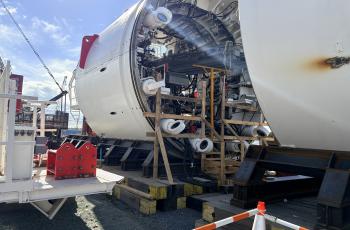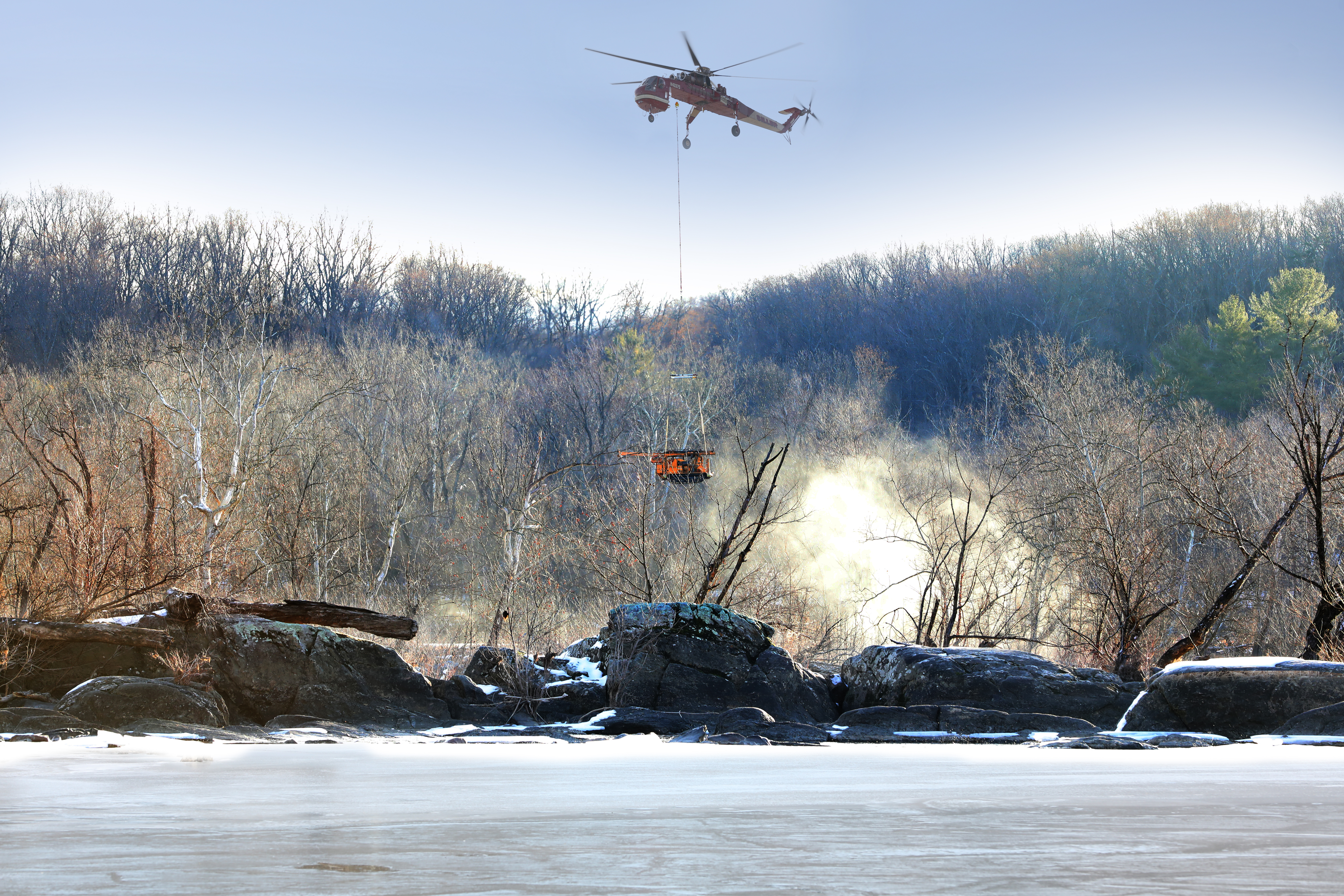Upcoming Meeting
Board of Directors Meeting
April 24, 2023
Monday 9:00 AM
Announcement

Media Advisory: DC Water to Hold Ceremonial Blessing for Tunnel Boring Machine "Mary," Signaling Start of Digging for Potomac River Tunnel Project
DC Water CEO and General Manager David L. Gadis will be joined by DC Mayor Muriel Bowser, DC Water Board Chair Dr. Unique N. Morris-Hughes, and other District leaders, for the ceremonial blessing of "Mary," the massive tunnel boring machine (TBM) that will soon begin her underground journey to build part of the Potomac River Tunnel. The event, November 3, marks a major milestone on the project which will dramatically reduce combined sewer overflows and improve water quality in the District.
Latest Blog Post

DC Water begins drilling in Potomac River to explore options to rehab underwater sewer line
Upcoming Meeting
Upcoming Events
Customer Service Center Announcement
Payment Plan Incentive: provides a credit back of 40% of the last 3 payments made and in the new fiscal year 50% will be credited. Eligible participants are residential customers who have had an outstanding balance for 60 days or greater and with an outstanding balance of $500 or more.
